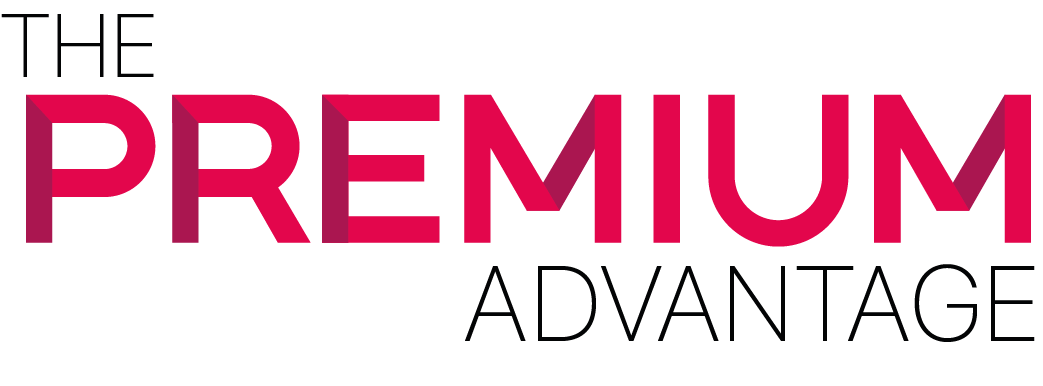After a disaster, many businesses are forced to close down and many risk never being able to open their doors again. While we cannot lower the risk of natural disasters from occurring there are measures you can take to protect your business. A key to recovery includes a disaster plan and appropriate insurance coverage for your business and contents.
A disaster recovery plan lists steps to follow when disaster strikes in order to recover business data and systems afterwards. Without a proper disaster recovery plan your business may not effectively respond to a disaster. Before you begin planning create a risk assessment to determine threats, vulnerabilities and hazards that could result from an outage. These possible risks could include mechanical failure, virus attacks, restricted access and hazardous spills.
Creating a business impact analysis will document the effects potential risks could have on your business. This process will predict the impact disruption of business will have on operating functions and help prepare the appropriate recovery plan for different disaster scenarios.
Disaster Recovery Plan
Following these steps can help you set up a disaster recovery plan if needed:
- Set up an emergency response plan; training employees to whom they need to notify and measures to take to preserve life and limit property losses.
- Write out each step; assign responsibilities to employees and practice the procedures by scheduling drills.
- Compile a list of important contacts that include telephone number and addresses. The list should include emergency management agencies, clients, contractors, suppliers, realtors, financial institutions, insurance agents and claim representatives.
- Create a communication strategy to prevent losing customers. Contact clients via phone, email or regular mail and post notices outside the property.
- Consider things you may need during the emergency such as a back-up source of power and a back-up communications system.
- Take proper precautions to protect employees and customers from injuries while on premises.
- Inspect the building and impact it would have on facilities.
- Communicate with your suppliers about their disaster preparedness to ensure delivery of goods and services.
- Protect your owned building and contents by purchasing business insurance.
- Find alternative facilities and equipment to keep your business going along with a contractor to respond to your needs.
- Protect computer systems and data backing up regularly and storing duplicate records off-premises in a safe deposit box.
Review Business Insurance
Make sure your disaster recovery plan includes a detailed review of your insurance policies to ensure there are no gaps in coverage. In the event of a disaster, your property and contents should be covered to pay for indirect costs such as disruption of business or repair costs. Keep in mind that most policies do not cover flood or earthquake damage so you will need to buy separate policies for them. If you have made modifications to the property ensure that it reflects on your policy this includes adding new equipment and improvements on the property. Consider purchasing additional coverage that covers expenses and loss of business income as business insurance policies do not.
Consider Additional Coverage
- Property Coverage – pays up to the insured value of building if destroyed or damaged by named perils; does not cover flood or storm surge damages. Endorsements to your policy add additional coverage such as landslide or earthquake.
- Personal Property – coverage for contents and business inventory damaged or destroyed by all named perils.
- Additional Property Coverage – pays out damages made to fences, pools or awnings at the insured property location.
- Tenants Improvements and betterments – coverage for fixtures or additions made to building not owned by insured which are required and paid by insured.
- Flood Coverage – protects your businesses floors, walls, ceilings, equipment and fixtures as well as furniture, inventory and business property sustained from floodwater damage.
- Business Income – coverage provided for lost revenue and operating expenses if insured property becomes uninhabitable after a loss and during repairs.
- Extra Expense – provides coverage for extra expenses to avoid suspension of operations during completion of repairs.
- Ordinance or Law – coverage to repair or rebuild insured building to be compliant with recent local building codes.
Contact our offices for additional information on business property or auto insurance quote.
